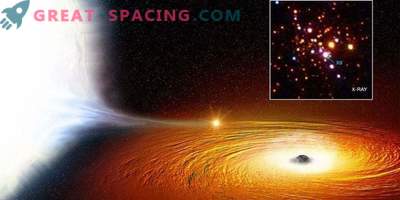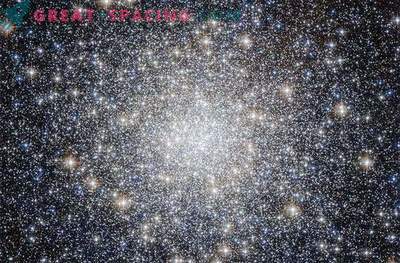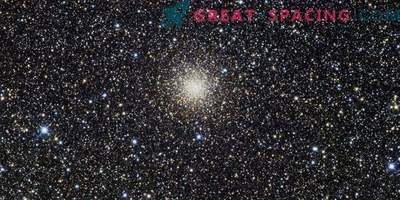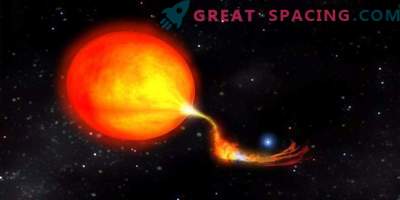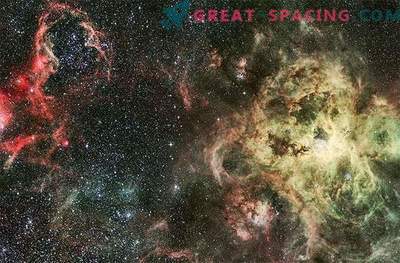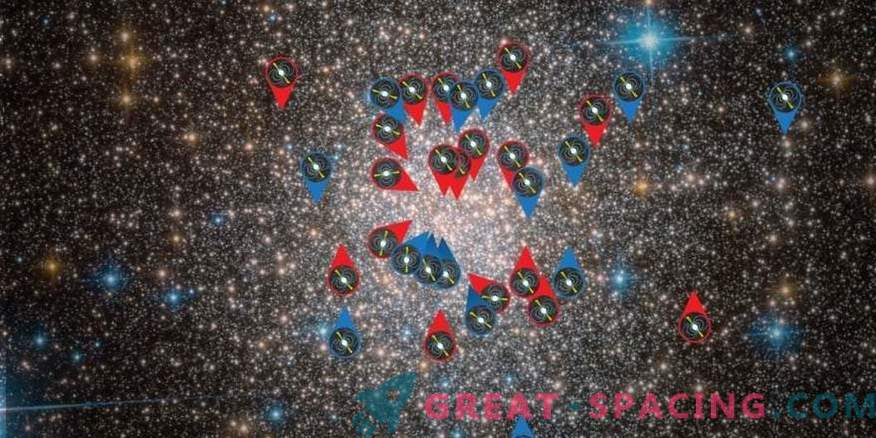
The graph displays the position of the millisecond pulsars inside the Terzan 5 globular cluster, taken with the Hubble telescope. Blue pulsars accelerate toward us, while red pulsates
There are many clusters in the Milky Way. By the number of stars, a ball type is distinguished, capable of sheltering up to a million ancient objects. They are in dusty areas or behind them. And this is a problem for terrestrial telescopes who cannot get through the dust haze and see what is inside.
But this barrier is broken by the radio waves coming from pulsars. Therefore, instead of tracking stellar motion, scientists concentrate on pulsars. But this is not so easy. Usually in globular clusters they are extremely small.
Terzan 5 became an important target for study, because it contains as many as 37 pulsars, which exceeds the usual number.
The animation displays the positions of the millisecond pulsars inside the Terzan 5 globular cluster, taken with the Hubble telescope. Blue pulsars are accelerating towards us, and the red ones are moving away
Terzan 5 Cluster lives at a distance of 19,000 light years and is close to the central galactic bulge. The NTS telescope with GBT was used for studying - a tool for tracking pulsars. It has a 100-meter dish - the largest among radio telescopes. Pulsars are neutron stars, namely dense remnants of supernovae, releasing powerful radio waves from magnetic poles. When rotating, they resemble beacons that send impulses to Earth.
The study of the movement of pulsars in a cluster allows the use of the Doppler effect. He notes a small time delay if the pulsar moves away from our planet. In this case, the researchers concentrated on the millisecond type, making hundreds of revolutions per second.
Spying on the 36th rapidly rotating pulsars in the cluster of Terzan 5
This type is important because it helps to notice incredibly weak changes in time intervals. Previously, scientists thought that Terzan 5 could be a distorted dwarf galaxy absorbed by ours, or part of a galactic bulge. If the first option works, then there should be a central supermassive black hole. But recent observations have not found it.
It turns out that we are dealing with a globular cluster that appeared on the territory of the Milky Way. Future observations will help determine the exact nature of Terzan 5.


